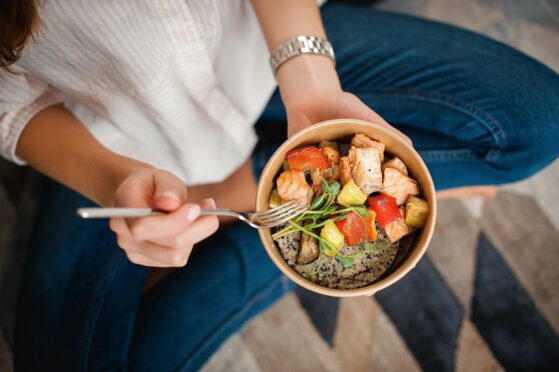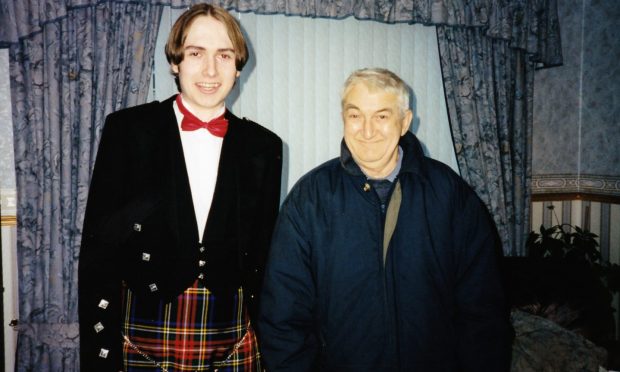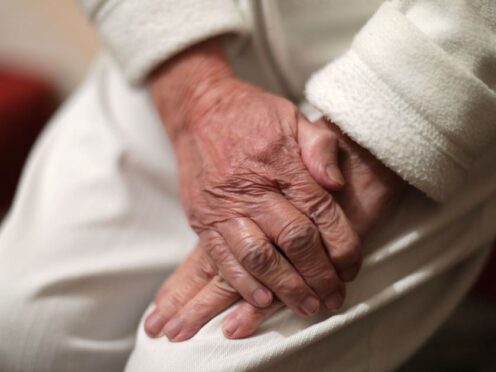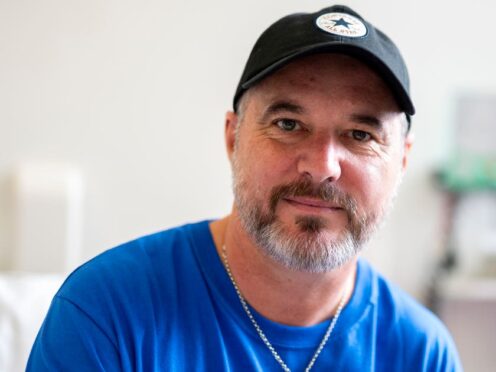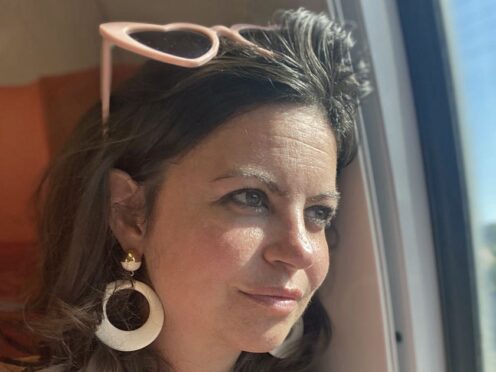It’s often confusing working out what a healthy fat actually is and how much we should have in our diet.
But did you know it’s an essential part of our diets to help us lower our risk of heart disease and to maintain good brain health?
This week, as part of our new Wellbeing Wednesday series, we’re exploring how much we should eat each day and why it’s so important for our bodies.
And lecturer in nutrition at Dundee University, Dr Suzanne Zaremba, explains which types are actually good for us and gives us her top tips.
What exactly is fat?
Fat is a source of essential fatty acids, which the body can’t make itself, and there are two main types found in our food – saturated and unsaturated.
There are “good fats”, which are polyunsaturated and monounsaturated and “bad fats” – saturated and trans fats.
Dr Zaremba says it’s easy to tell the difference between them because saturated fats are usually solid at room temperature.
‘Overconsumption can lead to weight gain’
Trans fats are by-products of hydrogenation, a process which involves turning healthy oils into solids, which are then added to prolong the shelf-life of foods such as pastries, cakes and doughnuts.
“High intakes of saturated fats are associated with higher LDL cholesterol levels (bad cholesterol) which in turn increases the risk of heart disease and stroke,” Dr Zaremba said.
“As with all macronutrients, overconsumption can lead to weight gain, particularly when dietary fats have more calories per gram than protein and carbohydrates.
“This doesn’t mean we should stop eating fat and switch to more carbohydrate-rich foods, we need a good balance of everything.”
Why is fat an essential part of our diets?
Healthy fats are not only important for giving us energy, but they also provide structure to our cells.
The brain is around 60% fat, and fatty acids are essential for brain cell function.
We need fats in our diet to absorb A, D, E and K vitamins in our intestines.
It can also slow down the rate of the stomach emptying and, depending on the content of the meal, can have an effect on how much our blood sugar rises.
“Good fats have been shown to lower the risk of heart disease – and including more monounsaturated fats in the diet is linked with reducing inflammation,” she said.
“Scientific studies have shown that an omega-3 fat called alpha-linoleic acid can help us have healthy blood cholesterol levels.”
How much fat should we eat each day?
Dr Zaremba highlights that adults should aim to have no more than 35% of their daily calories from fat and no more than 11% of their daily calories from saturated fats.
This is a maximum of 70g of total fat and 20g of saturated fat for a typical adult female.
“We should try to cook with unsaturated fats like olive oil, sunflower oil or rapeseed oil, or use plant-based spreads,” she said.
“This is not to say that we should not eat butter – a little bit is okay now and again, but try to not have this every day.”
She recommends that we eat two portions of fish a week with one of these being oily – like salmon, trout or sardines, which are rich sources of the healthy fatty acid Omega-3.
Omega-3 can be found also in nuts and seeds such as walnuts, pumpkin and chia seeds.
Other foods that are good sources of healthy fats include olive oil, avocado and eggs.
Dr Zaremba added: “The bottom line is that a varied and balanced diet is key for preventing disease.”
More health news…
Why low carb diets can be dangerous for us
Struggle with Sunday night dread? Here’s how to cope
Natasha’s Law: New food labelling legislation comes into force

